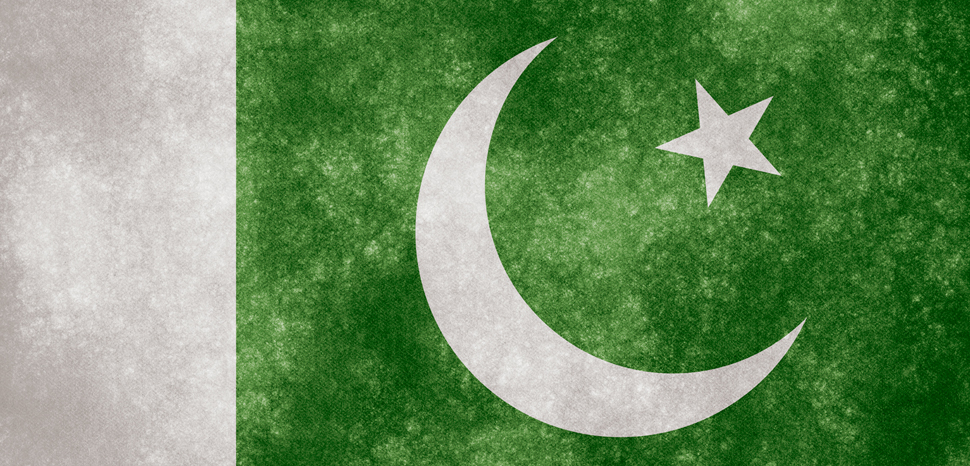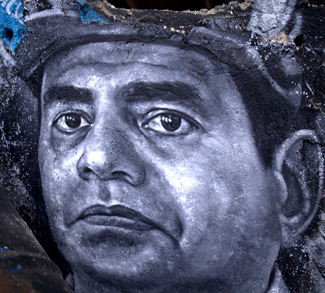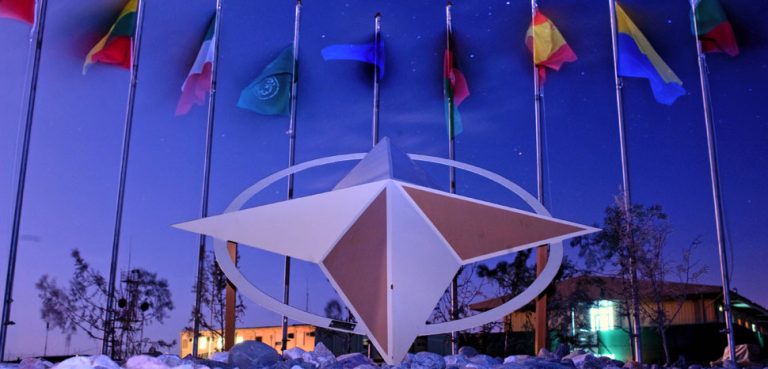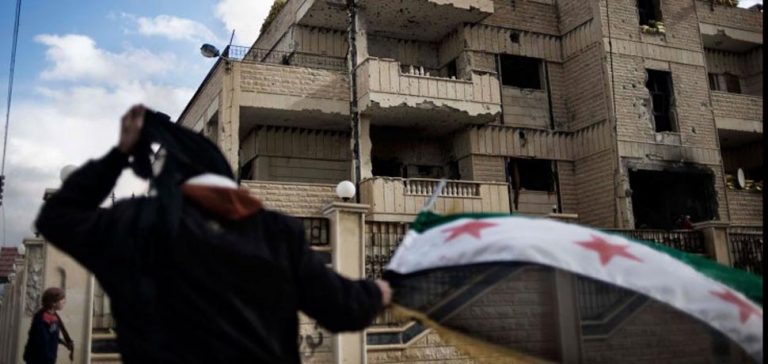Religious fundamentalism took a major step forward in Pakistan from the mid-1970s, especially following 5 July 1977, when military leader Zia-ul-Haq, the army’s chief of staff, assumed power in the country. As ruler, Zia-ul-Haq was everything: judge, jury, executioner, head of state, chief of martial law, administrator, commander-in-chief, and honorary mullah. Though like Ayub and Yahya he did not wage any war with India directly, he prepared Pakistani society for a long-proxy war, first in Afghanistan against the Soviet Union, and then in Kashmir against India. With a view to legitimize his rule, Zia began to be work towards creating structures for an Islamic state and society within Pakistan. He started with a series of ‘reforms’ designed to bring law in various areas of activity in conformity with the tenets of Islam.
The Role of Zia-ul Haq
The radical Islamization of Pakistan began when Zia called on the Ulema, or mullahs, to legitimize and extend his unconstitutional rule. In the process, several controversial Islamic provisions were inducted in the constitution, which later proved to be exceedingly damaging to the constitution and the rights of the people. It is widely held that they changed the very complexion of an otherwise non-violent Pakistani society. The shameful Hudood laws, curbing the rights of the women, redefining the law of evidence, amending the blasphemy law, establishing Federal Sharia Court, and revising religious laws to create rifts among various sects, were some of the more egregious changes. Zia exploited religion to the hilt. He misused religion to prolong his despotic rule.
At independence, Pakistan had five major ethnic groups: Bengalis, Punjabis, Sindhis, Pathans, and Baluchis. Since independence, one ethnic group (Punjabis) has dominated the rest. This was possible perhaps for two reasons. The Punjabis had been the backbone of the British Indian army, and became so also of the Pakistan army. The political leadership’s concern with Pakistan’s territorial security catapulted the military to political prominence, which created a permanent role for the military high command in national politics. Moreover, the fact that the Punjabis comprised 56 percent of West Pakistan’s population at the time also led to Punjabi domination of the affairs of the state. In the then ethnic distribution, apart from Punjabis, Sindhis constituted 22 percent, Pathans 13 percent, Baluchis 4 percent and rest 5 percent.
The advent of Zia-ul-Haq as ruler of Pakistan was responsible for various ethnic disturbances in the country. Some sectarian groups – Sipah-i-Sahaba and Tehrik-i-Jafena – surfaced and flourished under Zia’s patronage. Ethnic parties, especially the Muttahida Quami Movement, formerly Muhajir Quami Movement (MQM) and its rival group Haqiqi, were also said to be the creation of the martial law administration. He started a calculated move to drive a wedge between Sindhi and non-Sindhi, and Sindhi and Mohajir. The hanging of Z.A. Bhutto in 1979 further widened the gap not only between the Sindhi in rural areas and the military regime but also with the people of Pakistan in general. The new incident created an overt hostility between the military and the Sindhi population. The power of the central government became identified with a particular ethnic group. In order to undermine the political support of Pakistan Peoples’ Party (PPP) in Sindh, Zia encouraged the Mohajirs, who constituted about 20 percent of the population, to come together under one political platform, and it was for the first time that an All Pakistan Mohajir Student’s Organization (APMSO) was formed in 1978. In a nutshell, General Zia was responsible overtly and covertly for the confrontation in both rural and urban regions of the province. In targeting the Sindhis, Zia succeeded in assimilating discontented Pathans into Pakistan national politics.
The Rise of Islamic Militancy
The regime of General Zia saw the rise of Islamic militants in the political system. The two main Islamic parties of Pakistan, Jamiatul-ulema-i-Islam (JUI) and Jamaat-i-Islamic (JI)m had been actively involved in Afghanistan, first in the anti-Soviet jihad and later in support of the Taliban. The Jamaat-i-Islami had organized itself as armed cadre of workers, particularly among students. External arms and money linkages were developed by Islamist forces. What mattered here was the existence of these militant organizations, their initial training in Pakistani madrassas, their operations in Afghanistan, and their links with political parties, the ISI, and the army. As a fallout from Afghan turmoil, guns, drugs and state sponsored terrorism have proliferated; a mafia-like culture prevailed in parts of Pakistan, further straining its weak institutional framework and thereby creating a threat to internal security and stability. Thus, Zia’s laws and policies resulted in making vast sections of the population extremely vulnerable to Islamic militancy by replacing a tolerant and liberal civil society with an intolerant and retrogressive one. Zia-ul-Haq used Islam to perpetuate his autocratic rule but left behind a legacy of division, disruption, contradiction, and conflicts.
The Pervez Musharraf Period
General Pervez Musharraf inherited this ethnic tension and a more acute and a formidable ‘Islamization Program.’ The post-Zia regimes headed by Benazir Bhutto and Nawaz Sharif continued with more or less the same sort of highly centralized, repressive, and negative approach as adopted by their predecessors to deal with regional tensions. The already complicated scene in the Sindh province was wrecked further by violence. Thousands of innocent people had fallen victim to the sectarian fanaticism of armed militias. The polarization of the Muttahida Quami Movement (MQM), Pakistan Muslim League (PML), Awami National Party (ANP), and other factions of Pakistan sharpened when the Sharif government unveiled its plan to introduce a constitutional amendment to amass more powers.
At the time Pervez Musharraf took over, the Islamist hardliners, who were on the defensive in the initial days, had started to make a comeback with their characteristic assertiveness. After the regime’s retreat on the issue of rationalizing the blasphemy law, the Islamist political forces even found the courage to challenge the military establishment. Much like Zia-ul-Haq, Musharraf began to tell the world that jihad in its true understanding delineates war cultures and shuns terrorism, and therefore, the two should not be confused. The implied meaning of his statement was that his military regime has no control over the mujahedeen, whom he called freedom fighters, and that their actions are purely voluntary. Hence, Pakistan was following jihad, not terrorism. In a hurriedly convened press conference in Karachi, Lieutenant General Tareeq Wasin Ghazi, the corps commander of the Sindh province, made it clear that no official campaign was going on against the jihadi organizations to stop them from collecting funds.
The Islamization drive of Zia-ul-Haq brought to the surface all sorts of contradictions among Muslim trends and sects. The difference between different religious trends produced alienation among Muslims and pushed them into open antagonism, enmity, and bloodshed. The Deobandi school is extremely intolerant of all Islamic trends; its radical part views the Shi’ites as infidels. The enmity between them in central and southern Punjab developed into a blood feud typical of the local folk culture, and a string of terrorist acts occurred over the course of many years. By the late eighties, detachments of militants had been strengthened returning partisans from Afghanistan. The jihad against the Soviet troops was felt in Punjab and other provinces. The geopolitical footprint of Islamic extremism stretched from Afghanistan and Kashmir in the north and reached toward Pakistan its middle part. This situation survived throughout the last decade of the twentieth century and the beginning of the new century, and was even strengthened further with the rise of new forms of radical Islamism.
The views expressed in this article are those of the author alone and do not necessarily reflect Geopoliticalmonitor.com or any institutions with which the author is associated.




